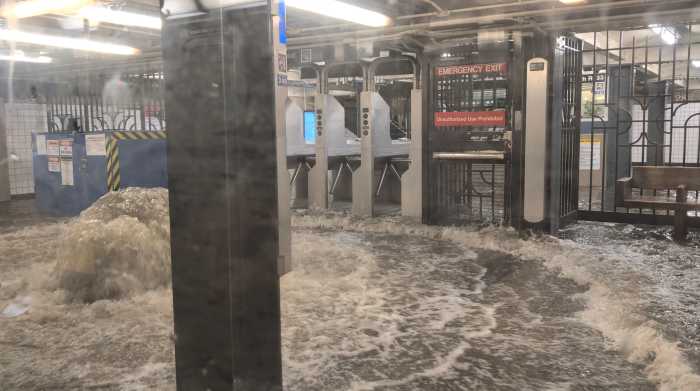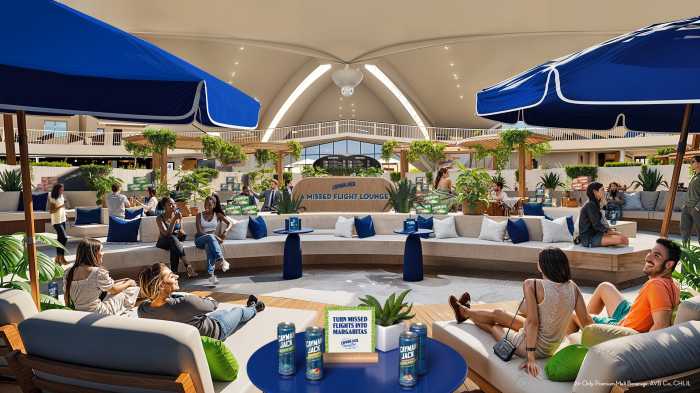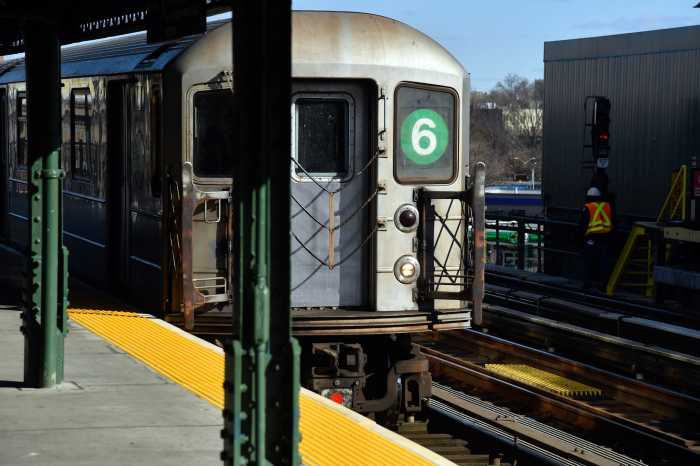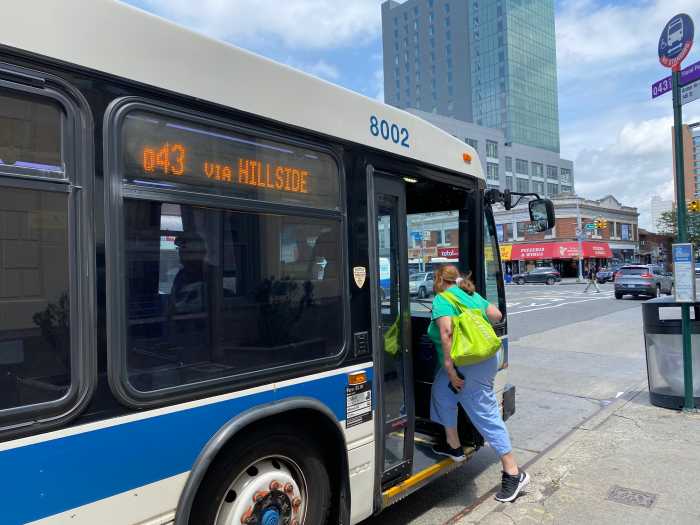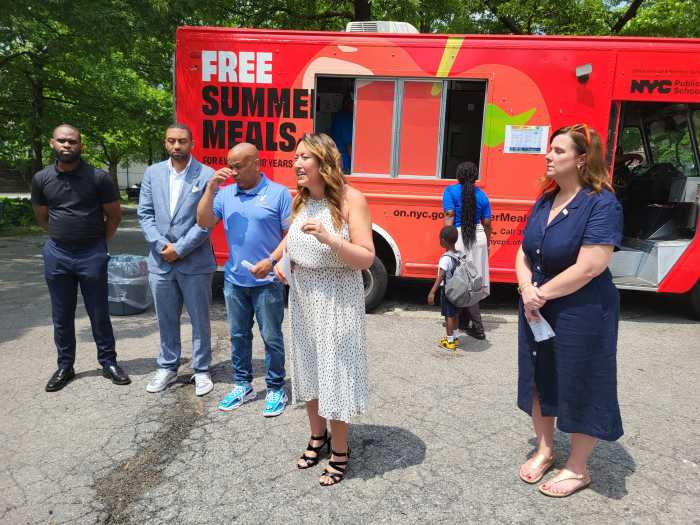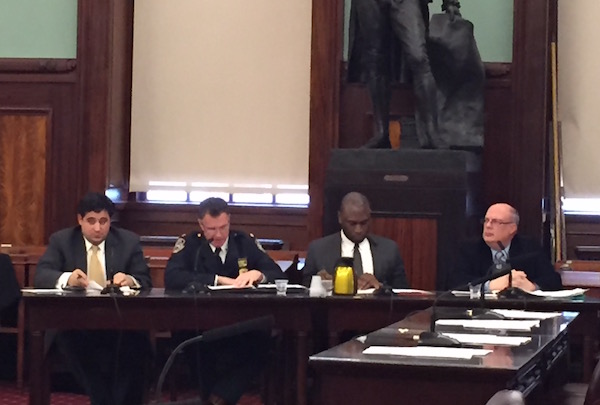
BY JACKSON CHEN | Members of the City Council are making clear they are fed up with the unprecedented impact of President-elect Donald Trump staying in his Fifth Avenue residence, with Trump Tower surrounded by armed NYPD officers and Secret Service agents, especially given the economic pitfalls nearby businesses and the city overall are confronting as a result.
Since Trump’s victory on Election Day, the landscape surrounding 56th Street and Fifth Avenue has changed drastically to ensure the security of the president-elect and his family. Besides security checks at East 56th and before entering Trump Tower at 725 Fifth Avenue, vehicles are unable to travel down East 56th Street between Madison and Fifth Avenues, and have only recently been granted access to the block between Fifth and Sixth Avenues.
While the reopening of that block may have alleviated some issues, like commercial concerns receiving truck deliveries, local businesses say they are still suffering due to the inhospitable atmosphere created by an increased police presence and traffic restrictions.
“There has to be some sort of communication [from NYPD] that has to be better than this,” said Derek Walsh, co-owner of the 56th Street pub Judge Roy Bean, during a January 10 hearing of the Council’s Committee on Economic Development. “Just being there every day, seeing it every day, people are avoiding the area, they don’t want to go through it, the hustle and bustle.”
The hearing was called by Councilmember Dan Garodnick, who chairs the committee and represents the Manhattan district that includes Trump Tower. He held the hearing not only to air grievances from local business owners but also to better understand how the NYPD is handling the security challenges.
“Due to the heavy police presence… people did not feel welcome to go down the block and spend their money,” Garodnick said during the hearing. “Seniors and people with limited mobility had to avoid the area entirely as they were unable to get the curbside drop-off they needed.”
Garodnick’s efforts to learn more about the NYPD’s approach to handling security around Trump Tower were often met with vague responses. Particularly on questions related to how many officers are deployed in the area and how many have been pulled off duty in the outer boroughs, NYPD representatives were mostly unable to provide specific answers, either due to not knowing or, more often, because of security concerns.
As if reading from a script, NYPD Deputy Chief James Kehoe, the executive officer of Patrol Borough Manhattan South, responded to many of Garodnick’s questions by saying the department is in “continuous dialogue” with its “federal law enforcement partners.”
“While out of security concerns we cannot provide specific deployment figures,” Kehoe said in his testimony, “officers and tactical teams have been deployed to security posts and screening checkpoints, and civilian traffic enforcement agents have been posted to manage traffic disrupted by security operations and an increased pedestrian flow.”
The NYPD was able to share specifics regarding the estimated bill for protecting Trump since Election Day. According to the department’s deputy commissioner of management and budget, Vincent Grippo, the cost of security amounts to roughly $500,000 each day — a number arrived at by adding up the cost, including overtime, of having a certain amount of officers on the scene. The total, between Election Day and Inauguration Day, Grippo estimated, would come to $34.7 million.
Councilmembers at the hearing voiced frustration that the city must pick up this tab and have officers pulled from other boroughs, including some high-crime areas, to be thrown into Midtown.
“It’s not fair because every president has always moved into the White House,” said Queens Councilmember Karen Koslowitz, even as she noted her borough was the president-elect’s birthplace. “If it was any other president that was my candidate, I would feel the same exact way because it’s an inconvenience to the people of the City of New York. My tax money is going to be paying for his security, and I resent that since he has a lot more money than I do.”
Grippo said he agreed with councilmembers that Trump’s residence in a Midtown high-rise presents an “unprecedented” situation, which is why the NYPD continues to advocate for federal reimbursement on the nearly $35 million bill. So far, though, Congress has earmarked only $7 million for city reimbursement.
As for the impact on local businesses, Tom Cusick, the president of the Fifth Avenue Business Improvement District, said informal conversations with owners lead him to believe that sales losses to date might be as high as $40 million. Cusick suggested replacing the NYPD’s cement barriers that currently surround Trump Tower with less-intrusive bollards, temporarily creating a taxi stand at 58th Street for shoppers to be dropped off, and moving the media stakeout area to improve pedestrian flow.
Clearly unsatisfied with the responses he was getting from NYPD officials, Garodnick suggested the department look into creating a Trump Tower unit, with a dedicated force of police officers assigned to the area, instead of pulling officers from outer boroughs, much like the Times Square Unit that monitors that heavily-trafficked area. The councilmember said he would continue to push for concrete answers on how the police department plans to staff its security presence at Trump Tower and what plans it has to mitigate negative impacts on local businesses.
“What we need to do here is follow up, get answers about what they’re planning to do,” Garodnick said of the NYPD. “And ensure in the interim that business interests… and the interest of New Yorkers are being considered because all of this affects every New Yorker.” ν



